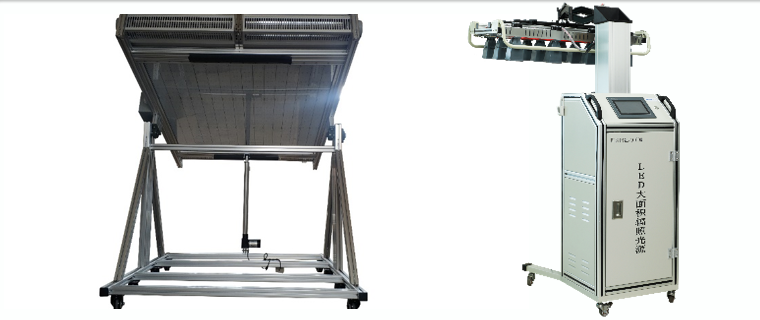When it comes to laboratory light sources, most people's immediate response is that a light source emitting a significant amount of heat is referred to as a "hot light source," whereas one emitting less heat is considered a "cold light source."
However, the definitions of cold and hot light sources are not based on the external temperature of the lamp; the high or low external temperature can only assess the quality of its heat dissipation measures.
1. How to Distinguish Cold and Hot Light Sources
Light sources excited by chemical energy, electrical energy, or biological energy are called cold light sources, while light sources made based on the principle of objects heating and emitting light are called hot light sources.
It's important to note that cold light sources do produce heat, but their method of producing light is not through the conversion of thermal energy into light energy.
For example, LED light sources are typical cold light sources. The core of an LED light source consists of a chip composed of p-type and n-type semiconductors, with a transition layer between them called the p-n junction. In some semiconductor materials' p-n junctions, when injected minority carriers combine with majority carriers, they release excess energy in the form of light, directly converting electrical energy into light energy. This is the principle of LED light emission.
On the other hand, incandescent bulbs are typical hot light sources. They first convert electrical energy into thermal energy. When the filament is heated to a very high temperature, the outer electrons of the atomic nuclei that make up the filament material become excited, causing them to transition to higher energy outer layers. When these electrons transition back to lower energy levels, the excess energy is emitted in the form of light, completing the conversion from thermal energy to light energy.
So, it's not simple to distinguish cold and hot light sources based solely on the external temperature of the lamp, and cold light sources do generate heat to some extent. To distinguish cold and hot light sources, you need to understand their principles of light emission and whether they generate light radiation by heating objects.
2. Advantages of Cold and Hot Light Sources
Advantages of Hot Light Sources:
1) Their light emission characteristics can be precisely estimated using Planck's formula;
2) They emit continuous spectra, and the spectral range is wide;
3) Most of these light sources are electrically heated, and by controlling the input power and using appropriate voltage or current regulation, their light output can achieve higher stability.
Advantages of Cold Light Sources:
1) When cold light sources emit light, their temperature is not significantly higher than the ambient temperature. Therefore, when conducting photochemical experiments or requiring low heat output, LED light sources are generally chosen as they don't cause significant temperature changes in the reaction system;
2) Due to the lower heat output of cold light sources, their heat dissipation components are relatively small;
3) The emission principle of cold light sources means they generally have a longer lifespan compared to hot light sources. Cold light sources typically do not experience burning out or aging. For example, the lifespan of LED light sources can be as long as 10,000 hours.
3. Applications of LED Light Sources
During the laboratory stage of photochemistry, researchers often choose xenon lamp light sources to simulate sunlight. However, when moving from the laboratory stage to small-scale production, the advantages of LED light sources become evident.
1) LED light sources are cold light sources, emitting very little heat. Their heat dissipation components are also small. In contrast, xenon lamp light sources generate much more heat when in operation. This excess heat not only affects the lifespan of the lamp but also has a thermal impact on the materials being irradiated. Especially when there is a need for large-area light sources, LED light sources are more suitable due to their smaller heat dissipation requirements.
2) In terms of structure, LED light sources consist of individual chips, which can be integrated into different structures depending on the application, such as area light sources, flexible light strips, rigid light bars, and more. LED light sources can also produce specific wavelengths of light, including simulating the solar spectrum through multiple chips.
To address the need for small-scale production light sources, Perfectlight Technology has developed two different large-area irradiation light sources for various experimental scenarios:
PLS-DPCR-1.0 Square Meter-Scale Photocatalytic Reaction Demonstration Device and PLS PGL-O1000 LED Large-Area Irradiation Light Source. Both of these devices utilize LED light sources as their light-emitting carriers.

Figure 1. PLS-DPCR-1.0 Square Meter-Scale Photocatalytic Reaction Demonstration Device and PLS PGL-O1000 LED Large-Area Irradiation Light Source
For more details about these two products, you can click on "What Light Source to Choose for Large-Area Photochemical Irradiation Experiments When Xenon Lamp Light Sources Are Inadequate?" to learn more.